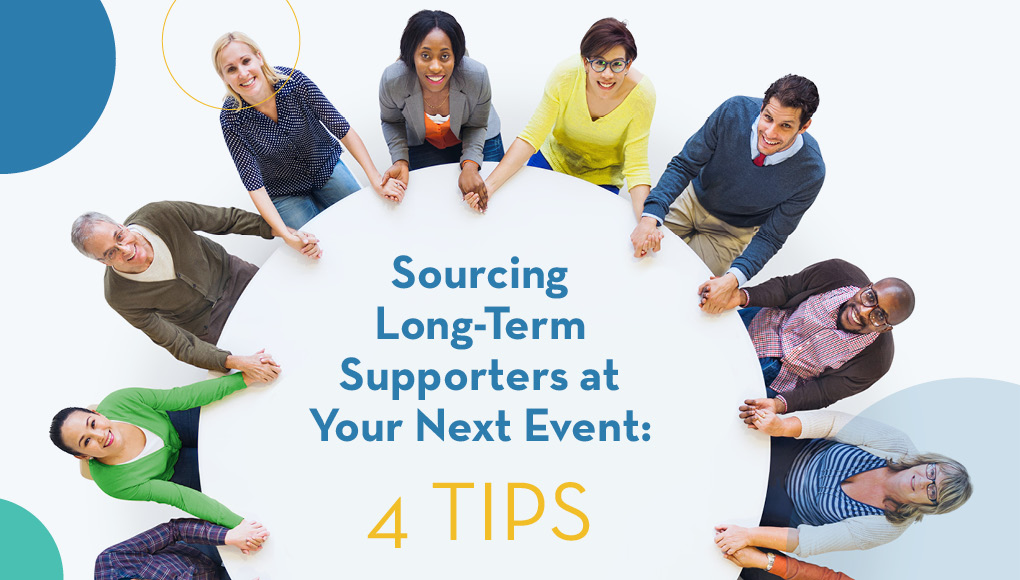As we move deeper into 2022, many of the issues that have impacted the sector in 2020 and 2021 continue to affect us in 2022. The Covid pandemic doesn’t appear to be ending anytime soon, Nonprofits are faced with the Great Resignation, supply shortages, cyber security threats, and lack of funding. If Nonprofits are fully aware of the issues they are facing they can hopefully get ahead of them and make the most of 2022.
IMPACT OF COVID:
The Coronavirus continues to take a center stage and it will for most, if not all of 2022.
- Change in WorkForce: 55% of all employees want a hybrid work model, it is what they have become accustomed to over the last 2 years, so nonprofits need to relook at their structure to determine if this is possible and how they can continue to ensure that these employees are effective remote.
- Vaccination/Mask Policies: Organizations will need to continue to monitor the ever-changing regulatory environment and remain compliant as employees’ and constituents’ safety remain a top priority.
- Start and Stop of services: We expect there to continue to be the need to be flexible to ensure that everyone is able to pivot at a moment’s notice, especially after we all just witnessed the aggressive nature of the omicron variant. We are predicting to see more of a return of services to pre-pandemic levels by the 3rd or 4th quarter.
THE GREAT RESIGNATION:
19 million US workers quit their job between April and September 2021. Causing remaining team members to be carrying more responsibility than they were in the past. To combat this and retain employees we must look at multiple things:
- Developing Strong Leadership: Employees are not as connected to an organization as they once were, they are instead connected to their team and leadership. It is important to look at your leaders and ensure that they are working effectively with their teams.
- Flexible work schedule: People’s priorities have shifted to more of a focus on work-life balance, family, travel, etc.
- Prioritize your people: Employees are looking for added benefits and a priority on mental health.
- Diversity, Equity, and Inclusion: This needs to be more than policies, it should be part of your organizational DNA.
- Increased Salaries: Nonprofits can expect to have to provide raises of at least 3-6%.
FUNDING:
Nonprofits need to develop budgets and contingency budgets, being ready to react quickly. CARES Act funding has dried up and with inflation, organizations should expect a potential rise in cost. Plus, with volunteerism down 66%, those services you once had volunteers for, may now require you to hire staff for. As a result, it is increasingly important to relook at your fundraising strategy:
- Using SMS marketing strategy as opposed to email, we are seeing text messages have a 99% open rate, while emails have a 33% rate.
- Make your website mobile-friendly, we are all spending more and more time on our phones and less and less on our computers. You need to work to ensure that people can easily make donations from their phones.
- Make it easy for people to donate with apps like PayPal, Apple Pay, and Google Pay.
- We will see a continued rise in Crypto Currency donations. Last year, on giving Tuesday $2.4 million in crypto was donated, which is 583% more than the previous year’s Giving Tuesday. Don’t miss out make sure you are set up to receive crypto donations.
- Be personal. Don’t just reach out for end of year giving, form meaningful relationships with your donor’s and increase monthly giving.
- Make asks relatable. People want to have an idea of what impact their money is making (examples: a book in the hand of a child, housing for a month, etc.).
- Expect technology to continue to play a big role in events going forward. Have streaming options and text communications throughout your event to make sure everyone can be a part of it.
CYBER SECURITY:
We are all seeing an increase in Cybersecurity issues. According to the Institute for Critical Infrasturuce Technology, 50% of nonprofits have experienced a ransomware attack. In order to protect the data of your volunteers, constituents, and donors it is important to take these threats seriously. Nonprofits should look at options for cybersecurity training to ensure their employees are aware of what to look for and how to avoid these threats.
WORKSPACE TRENDS:
In the last 2 years we have seen a shift in how we use our space, clean our spaces, capacity of space, etc.
- Space will need to be more malleable to meet the changing needs of the organization on a day-to-day basis.
- Re-evaluate office space, on average, office space cost $5,000 per person per year. Relook at your space … do you need it all? Can you renegotiate your lease to downsize?
- With hybrid schedules office staff is constantly rotating and people will most likely not have permanent desks anymore, this will increase the need for disinfection and will require more durable furniture.
With us being a little more than a month into 2022, we see things continuing to change and pivot. If the last two years have taught us anything it is that anything is possible. So continue to be flexible as we move forward.
Check out our full Trends Report Here and see what professionals in the nonprofit sector see as the upcoming trends in fundraising, office space, marketing, technology, and more.
This article was also featured in our newsletter NFP Advisor Vol. 25

KENNETH R. CERINI, CPA, CFP, FABFA
Managing Partner
Ken is the Managing Partner of Cerini & Associates, LLP and is the executive responsible for the administration of our not-for-profit and educational provider practice groups. In addition to his extensive audit experience, Ken has been directly involved in providing consulting services for nonprofits and educational facilities of all sizes throughout New York State in such areas as cost reporting, financial analysis, Medicaid compliance, government audit representation, rate maximization, board training, budgeting and forecasting, and more.








